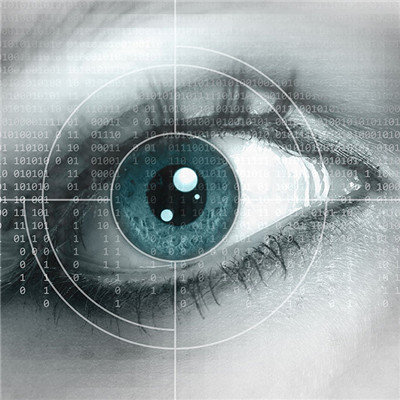What are the symptoms of keratitis?
summary
Keratitis is a common eye disease, if the disease is not handled properly, the condition will worsen, and even lead to blindness, therefore, timely detection of keratitis and timely treatment is very important, the following is a detailed introduction to the symptoms of keratitis, hoping to help you find the disease in time.
What are the symptoms of keratitis?
In addition to paralytic keratitis, most patients with keratitis have severe inflammatory symptoms, such as pain, shyness, tears and blepharospasm. This is due to the reflex orbicularis oculi muscle contraction and excessive tear secretion caused by inflammatory stimulation of the trigeminal nerve endings in the cornea. The cornea is an avascular tissue, but the adjacent area is rich in blood vessels (the blood vessels of limbus corneae and iris ciliary body). When inflammation affects the adjacent tissue, there is congestion and inflammatory exudation. Therefore, patients with keratitis not only have ciliary congestion, but also iris congestion. The latter showed iris discoloration and pupil narrowing.

The exudates come from the same source. Serious patients with bulbar conjunctiva and even eyelid edema will occur. Because of the congestion of corneoscleral limbus, the white blood cells move to the corneal focus and the corneal infiltration occurs. When the keratitis to the degenerative stage, the clinical irritation symptoms are greatly reduced.

Keratitis will inevitably affect vision more or less, especially when inflammation invades the pupil area. The corneal scar formed after ulcer healing not only blocks the light from entering the eye, but also changes the corneal surface curvature and refractive power, making the object unable to focus on the retina to form a clear image, resulting in decreased vision. The degree of vision involvement depends entirely on the location of the scar. If it is located in the middle of the cornea, even though the scar is small, it has a great impact on vision.

matters needing attention
Excessive use of eyes caused by long-term use of eyes is a major cause of eye fatigue. The general symptoms of eye fatigue are blurred vision for a long time, some even unable to write or read, dry eyes, dizziness and pain, and nausea and vomiting in severe cases. In addition, asthenopia also leads to myopia or presbyopia in adults, and various eye diseases will be accompanied by excessive eye use. It can protect eyes, prevent vision damage, slow down eye fatigue, ensure proper light, maintain correct operation posture, ensure rest and do eye exercises.















